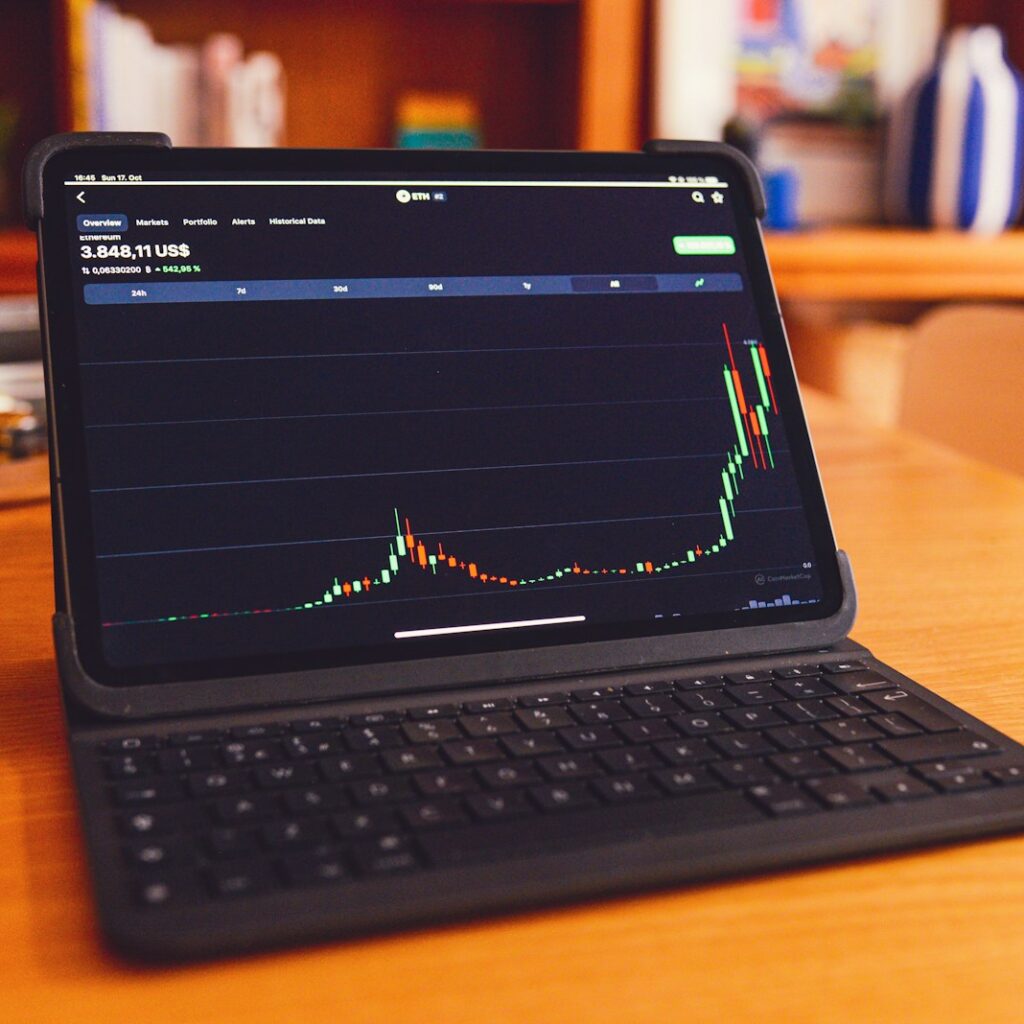In the fast-paced and competitive hospitality industry, maximizing revenue is essential for the long-term success of any hotel. One of the most powerful tools at a hotel’s disposal for optimizing profits is dynamic pricing. This pricing strategy, which adjusts room rates in real-time based on demand and market conditions, is a game-changer for hotel revenue growth.
How Does Dynamic Pricing Work?
Dynamic pricing relies on sophisticated algorithms and real-time data analysis to set the optimal price for each room, at each moment in time. Here’s how it typically works:
- Demand Forecasting: Dynamic pricing begins with forecasting demand for your property based on historical data, booking trends, and external factors like holidays or major events.
- Real-Time Adjustments: Room prices are adjusted based on real-time data, such as the booking pace (how quickly rooms are being reserved), local events, weather conditions, and even competitor pricing.
- Price Optimization: The pricing algorithm determines the ideal price for each room based on its demand elasticity (how sensitive demand is to price changes). For example, if demand is high, the system will increase prices to capture more revenue. Conversely, if demand is low, prices are reduced to encourage bookings.
- Channel Management: Pricing can be adjusted across multiple distribution channels, including OTAs (Online Travel Agencies), direct bookings, and global distribution systems (GDS), ensuring that all platforms reflect the updated rates.
Tip: Regularly monitor your competitors’ prices and adjust your rates to remain competitive while maximizing profitability. An RMS tool can automate much of this process.


Benefits of Dynamic Pricing for Hotel Revenue Growth
Dynamic pricing is more than just a tool for adjusting rates—it’s a strategic approach that can lead to substantial revenue growth. Here are some of the key benefits:


1. Maximized Revenue per Available Room (RevPAR)
Dynamic pricing ensures that your hotel’s room rates reflect the optimal price for the demand at any given moment. By adjusting prices based on demand, you can maximize your Revenue per Available Room (RevPAR) — a key performance metric in the hotel industry. Higher rates during peak demand times, combined with discounted rates during slower periods, can increase overall revenue.
2. Increased Occupancy
By offering lower rates during low-demand periods or off-seasons, you can maintain a steady flow of bookings, ensuring that your hotel maintains high occupancy rates year-round. The goal of dynamic pricing is to make sure that even during low periods, you’re not leaving rooms empty, and you’re filling them at a price that maximizes your return.
3. Better Competition Management
Dynamic pricing allows you to stay competitive with other hotels in your area. By adjusting prices based on competitor rates, you can ensure your property is priced at a competitive level while still maximizing your profitability. This helps your hotel attract guests who are comparing prices across multiple platforms.
4. Improved Profit Margins
In times of high demand, dynamic pricing allows you to increase your room rates, thus improving your profit margins. By capturing the highest possible price for each room, you can earn more revenue from guests who are willing to pay a premium during peak seasons or busy events.


5. Increased Direct Bookings
When hotels use dynamic pricing effectively, they can offer exclusive discounts or perks for direct bookings. By adjusting room rates based on demand and offering special promotions, you can encourage guests to book directly through your website rather than through third-party OTAs, which often charge high commissions.
Tip: Ensure that your dynamic pricing strategy is integrated with a channel manager to streamline pricing updates across multiple booking platforms simultaneously.

